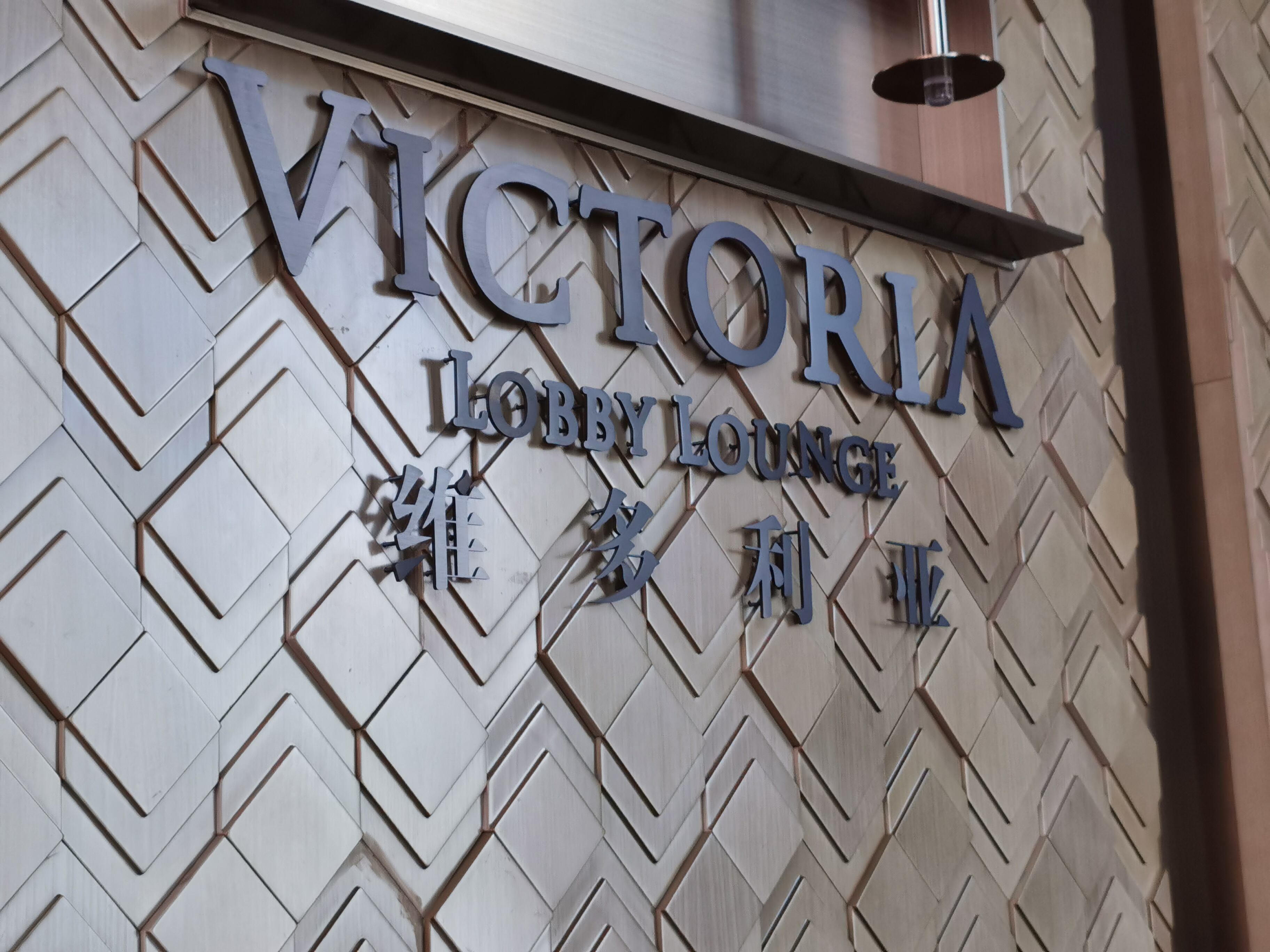In today’s architecture, the design of signage is as crucial as the layout of walls and windows. Signs guide guests through a building and offer a glimpse of the brand behind it, blending form and function. This post looks at why signage matters, how it shapes visitor experience, supports branding, and adds beauty to the city.
Signage and User Experience
Signs usually welcome people before they even cross the threshold. When they look smart and work well, they turn a stressful arrival into an easy stroll. By pointing the way and sharing key facts, signs keep people from feeling lost, and that’s vital in tricky places like hospitals, campuses, and shopping districts. Good signage hinges on being easy to spot, easy to read, and in the right spot so it never competes with the artwork around it.
Signage as a Branding Tool
Signage does more than help people find their way. It acts as a silent spokesperson for a brand, showing who they are and what they stand for. Every sign, from the color it uses to the way the letters are shaped and the materials chosen, tells a piece of the brand story. When all these pieces work together, they boost a brand’s visibility and help it stick in people’s minds. Think about a high-end hotel: it uses polished metals, graceful curves, and classic typefaces to echo its luxe vibe. On the other hand, a fresh tech startup might pick bright colors, bold sans-serifs, and simple lines to shout, “We’re all about the future.”
The Aesthetic Contribution of Signage
Well-thought-out signs are more than labels; they’re design features that harmonize with the buildings they’re on. The right placement, shape, and lighting can lift a façade, drawing the eye in without competing with the architecture. In a city, signs help give a street its unique feel; they can make a block cozier, livelier, or more inspiring. Today, designers are turning away from old norms; they’re mixing metals with wood, glass with plants, or even light itself, turning signs into small artworks that people stop to take a photo of and, in the process, carry the brand even farther.
Sustainability in Signage Design
Sustainability continues to make its mark on every sector of architecture, and signage design is no exception. Designers are now asking how every letter, every panel, and every lightbox can leave a lighter footprint. Materials are getting a fresh look: recycled metals, responsibly sourced wood, and biodegradable plastics are on the rise. These choices don’t just shrink the waste stream; they also resonate with consumers who value a greener brand. Energy-efficient LEDs and low-power backlit designs further trim the kilowatt-hours, knitting signage seamlessly into a building’s overall green strategy.
Future Trends in Signage Design
The road ahead for signage design is buzzing with new ideas. Digital displays are popping up almost everywhere, allowing brands to change colors, promotions, and directions with a few taps. This kind of agility not only keeps the content fresh but also hooks passersby for longer. Augmented reality is starting to step off the drawing board, letting people point a phone or AR glasses at a sign and see bonus information, animations, or even navigation cues. As cities grow and change, smart sensors and networks are set to weave into signage, making everything—from street names to wayfinding maps—respond to foot traffic, weather, and even emergency alerts.
To sum up, great sign design matters a lot in today’s buildings. It makes spaces easier to use, strengthens brand identity, improves overall look, supports eco-friendly choices, and adapts to new technologies. As architects and creators keep pushing boundaries, thoughtful signage will keep guiding how we connect with the places we live and work.

